Cashew Nut Shells - Everything You Didn't Know
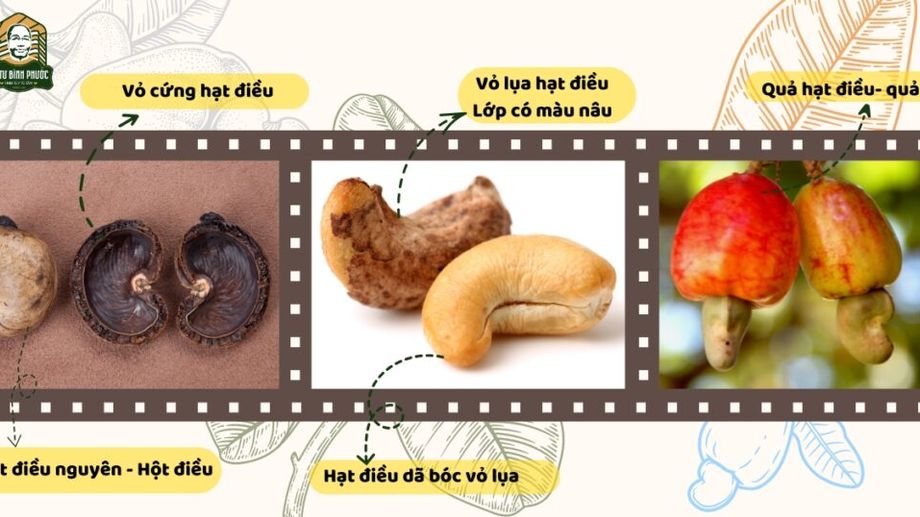
1. Do cashew nuts have shells?
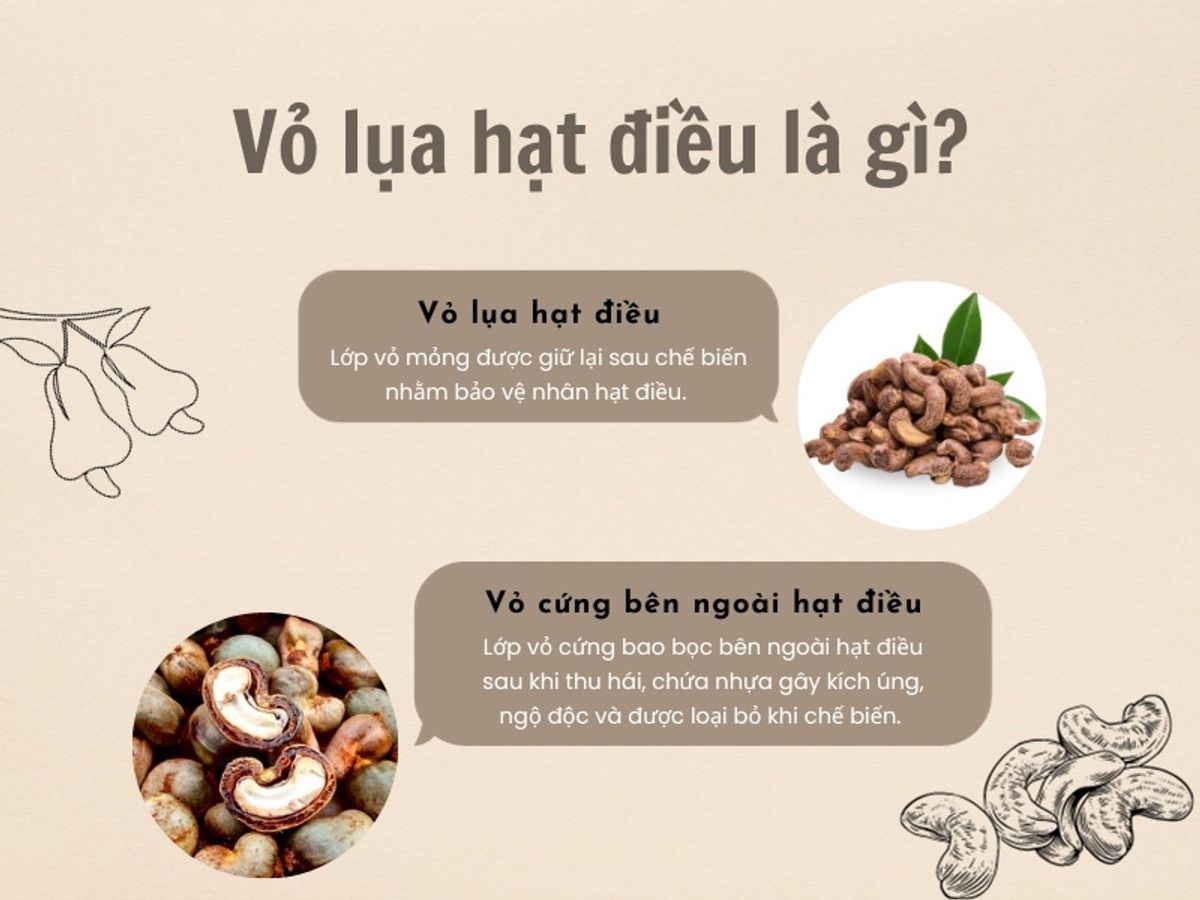
Cashew nuts have shells. Cashew nuts are protected by two layers of shells:
Outer Hard Shell
- Description: The outermost shell of the cashew nut is very hard and sturdy, helping to protect the nut inside from external environmental impacts. Characteristics: The outer shell contains a toxic resin called urushiol, which can cause skin irritation if touched. Because of this, cashew nuts must go through a careful processing to safely remove this shell.
Inner Silk Shell
- Description: After the outer hard shell is removed, the cashew nut is left with a thin inner silk shell. Characteristics: This silk shell also contains urushiol and must be completely removed before the cashew nut can be consumed. The process of removing the silk shell requires precision and high technique.
Cashew Nut Processing
To bring cashew nuts to consumers, they must go through several meticulous processing steps:
- Steaming or Light Roasting: Helps soften the outer shell and neutralize urushiol.
- Shelling: The outer hard shell is removed using machinery or manual methods.
- Removing the Silk Shell: The inner silk shell is removed by scraping or using other mechanical methods.
- Washing and Drying: After shell removal, the cashew nuts are washed and dried to ensure food safety.
Conclusion
Processing cashew nuts is a complex and meticulous process. After removing both layers of urushiol-containing shells, cashew nuts become safe and ready to consume. This is why cashew nuts are often more expensive compared to some other nuts.
2. Hard outer shell
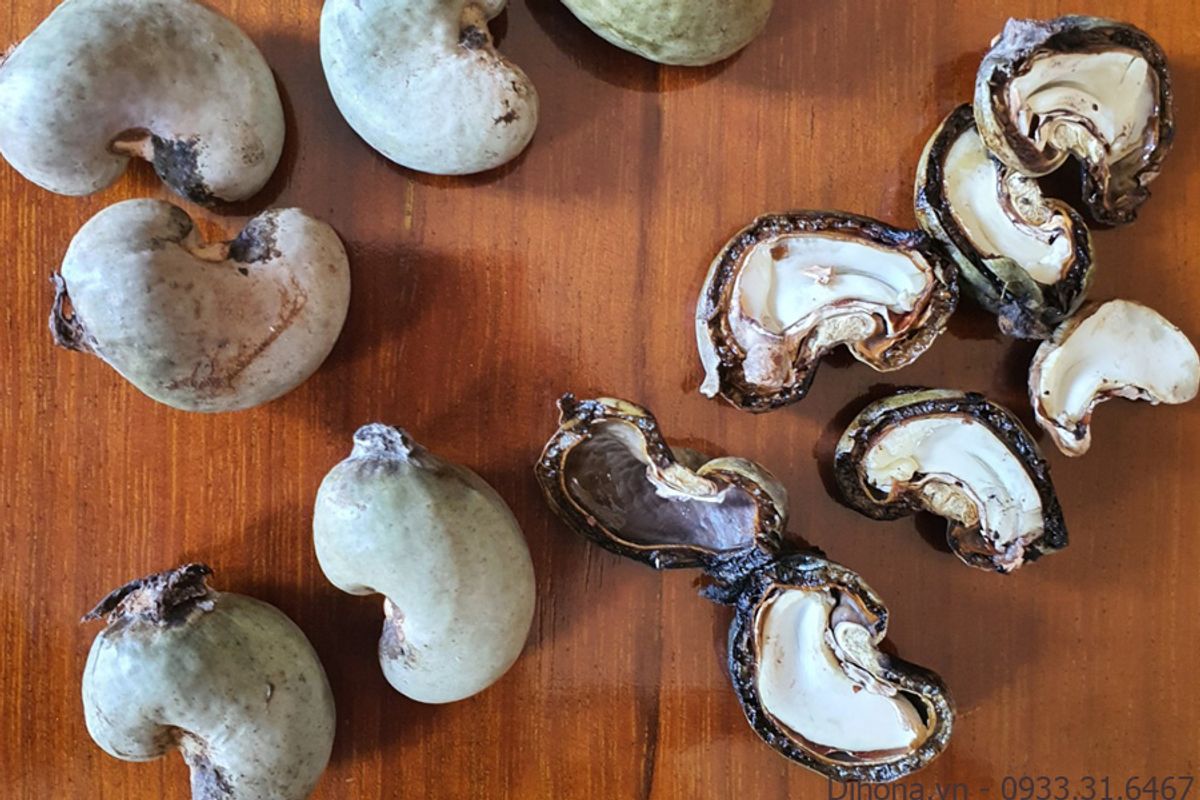
Cashew nuts are protected by an outer hard shell, known as the "cashew shell." This natural protective layer helps safeguard the nut inside from environmental factors. Here is a detailed look at the outer hard shell of cashew nuts:
Structure and Composition
- Structure: The outer hard shell of the cashew nut has a very solid and thick structure. It completely encases the nut inside, providing a strong protective layer.
- Composition: This shell contains a toxic resin called urushiol. This substance can cause skin irritation and allergic reactions if it comes into direct contact.
Protective Function
- Protection from Environmental Impact: The hard shell helps protect the cashew nut from mechanical impacts, bacteria, fungi, and harmful environmental factors.
- Nutrient Protection: The shell also keeps the cashew nut inside from being damaged, preserving its nutrition and quality.
Processing
- Steaming or Light Roasting: To soften the shell and reduce the toxicity of urushiol, cashew nuts are often steamed or lightly roasted. This process helps to soften the hard shell, making it easier to remove.
- Shell Removal: After steaming or roasting, the cashew nuts are shelled using machinery or manual methods. This process requires high technique to ensure the cashew nuts are not damaged and the shells are completely removed.
- Removing the Inner Silk Shell: After the hard shell is removed, the cashew nut still has a thin inner silk shell. This silk shell also contains urushiol and needs to be removed to make the cashew nut safe for consumption.
Uses of the Hard Shell
- Cashew Nut Shell Liquid: The resin extracted from the hard shell has many industrial applications, such as in the production of paint, waterproofing materials, and other plastic products.
- Biofuel: The hard shell of cashew nuts can also be used as biofuel or organic fertilizer after processing.
Conclusion
The outer hard shell of cashew nuts is an important part that helps protect the cashew nut and keeps it safe before processing. The shell removal process requires meticulousness and high technique to ensure the cashew nuts reach the best quality and are safe for consumers.
3. The silk shell of cashew nuts
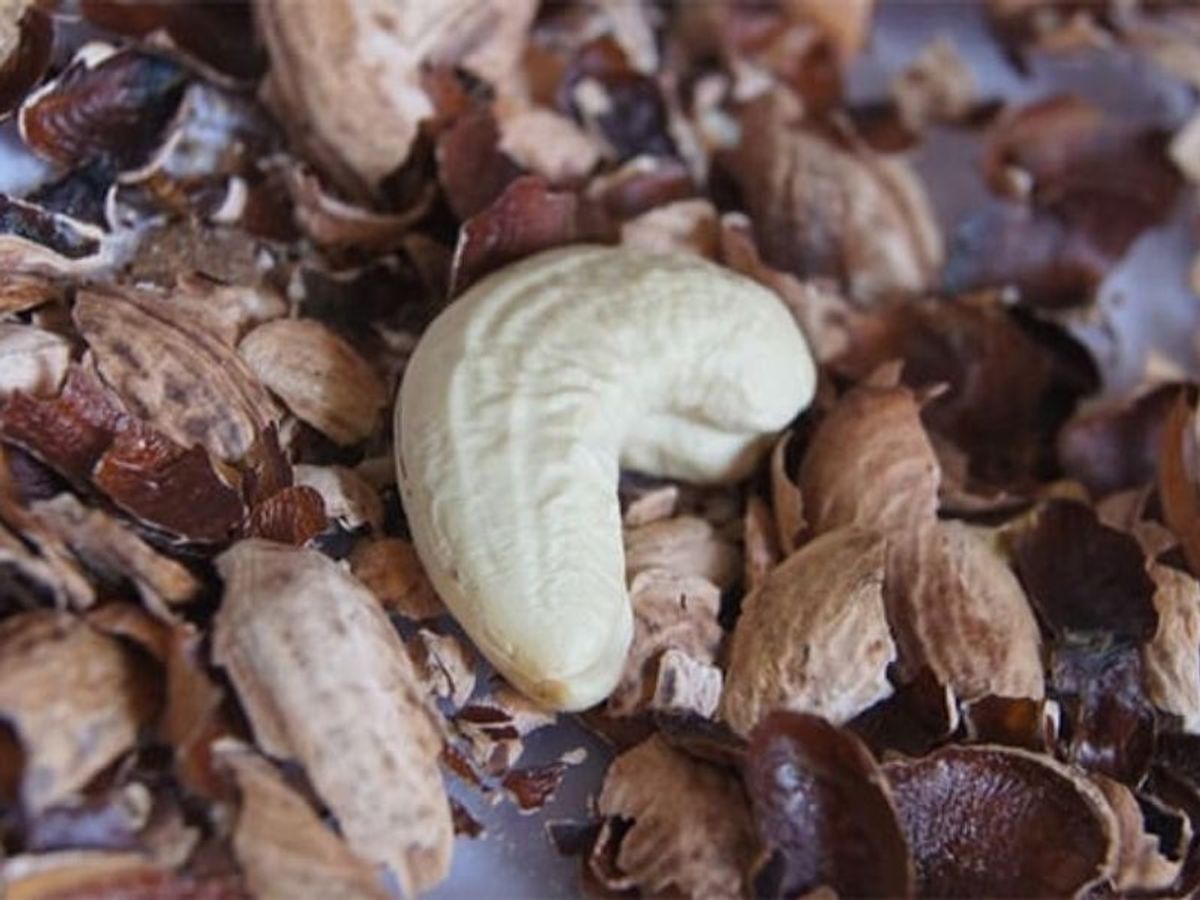
The silk shell, also known as the inner thin shell, surrounds the cashew nut after the hard outer shell has been removed. It plays an important role in protecting the cashew nut before it is fully processed. Here are detailed information about the silk shell of cashew nuts:
Characteristics of the Silk Shell
- Color: The silk shell is usually dark brown, with a smooth and thin surface.
- Structure: Thinner compared to the outer hard shell, the silk shell closely encases the cashew nut, protecting it from environmental impacts after the hard shell has been removed.
- Composition: The silk shell contains a toxic resin called urushiol, which can cause skin irritation and allergic reactions if directly contacted.
Protective Functions
- Protecting the nut: The silk shell helps protect the cashew nut from bacteria, fungi, and other environmental factors during transportation and storage.
- Maintaining quality: The silk shell helps preserve the quality and nutrition of the cashew nut before it is completely removed.
Process of Removing the Silk Shell
- Steaming or light roasting: To soften the silk shell and reduce the toxicity of urushiol, cashew nuts are often steamed or lightly roasted. This process softens the silk shell, making it easier to remove.
- Removing the silk shell: After steaming or roasting, the silk shell is removed using mechanical or manual methods. This process requires high technique to ensure the cashew nut is not damaged and the silk shell is completely removed.
Safety for Consumption
- Not safe to eat: Due to containing urushiol, the silk shell is not safe to consume and needs to be completely removed before the cashew nut can be brought to the market.
- Careful processing: The processing and removal of the silk shell is an important part of the cashew nut processing to ensure food safety.
Applications of the Silk Shell
- Cashew nut shell liquid: The resin extracted from the silk shell can be used in industries such as paint production, waterproofing, and other plastic products.
- Biofuel: The silk shell and by-products from the cashew nut processing can also be used as biofuel or organic fertilizer after treatment.
Conclusion
The silk shell of cashew nuts plays an important role in protecting the cashew nut before it is fully processed. The process of removing the silk shell requires meticulousness and high technique to ensure the cashew nut reaches the best quality and is safe for consumers.
4. Can cashew shells be eaten?
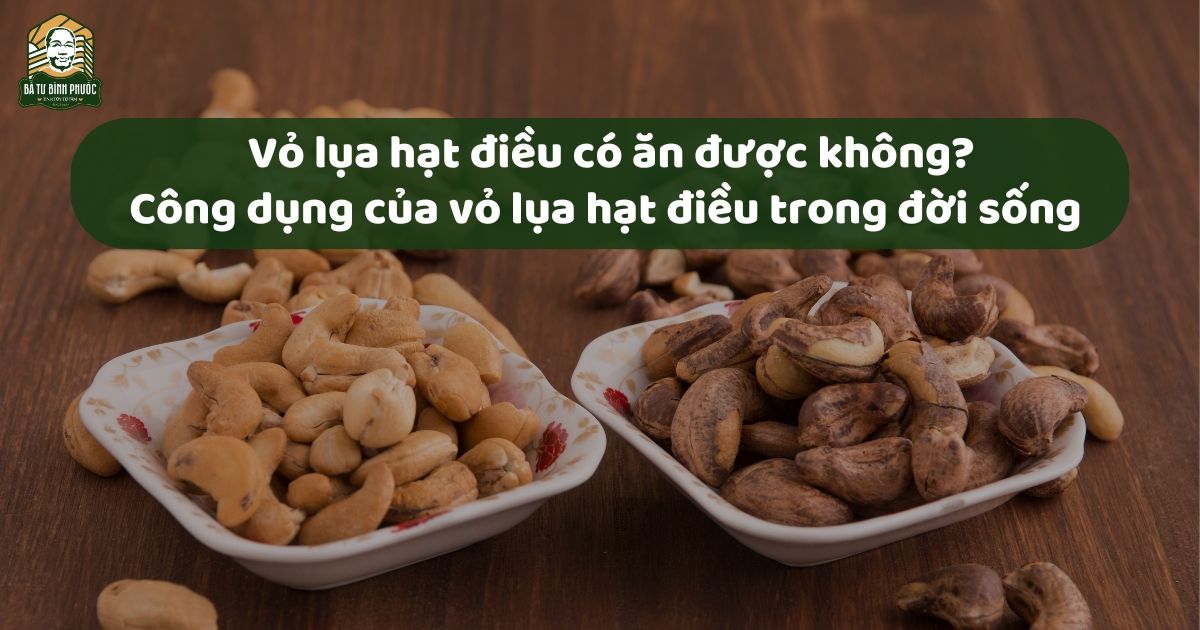
The silk shell of cashew nuts, also known as the inner thin shell, is a protective layer that surrounds the cashew nut after the outer hard shell has been removed. Here are detailed information about the silk shell of cashew nuts and its safety for consumption:
Composition and Characteristics
- Composition: The silk shell contains urushiol, a toxic resin also found in poison ivy and poison oak. This substance can cause skin irritation and allergic reactions in some people.
- Characteristics: The silk shell is usually dark brown and covers the entire cashew nut, helping to protect the nut from environmental impacts before being removed during processing.
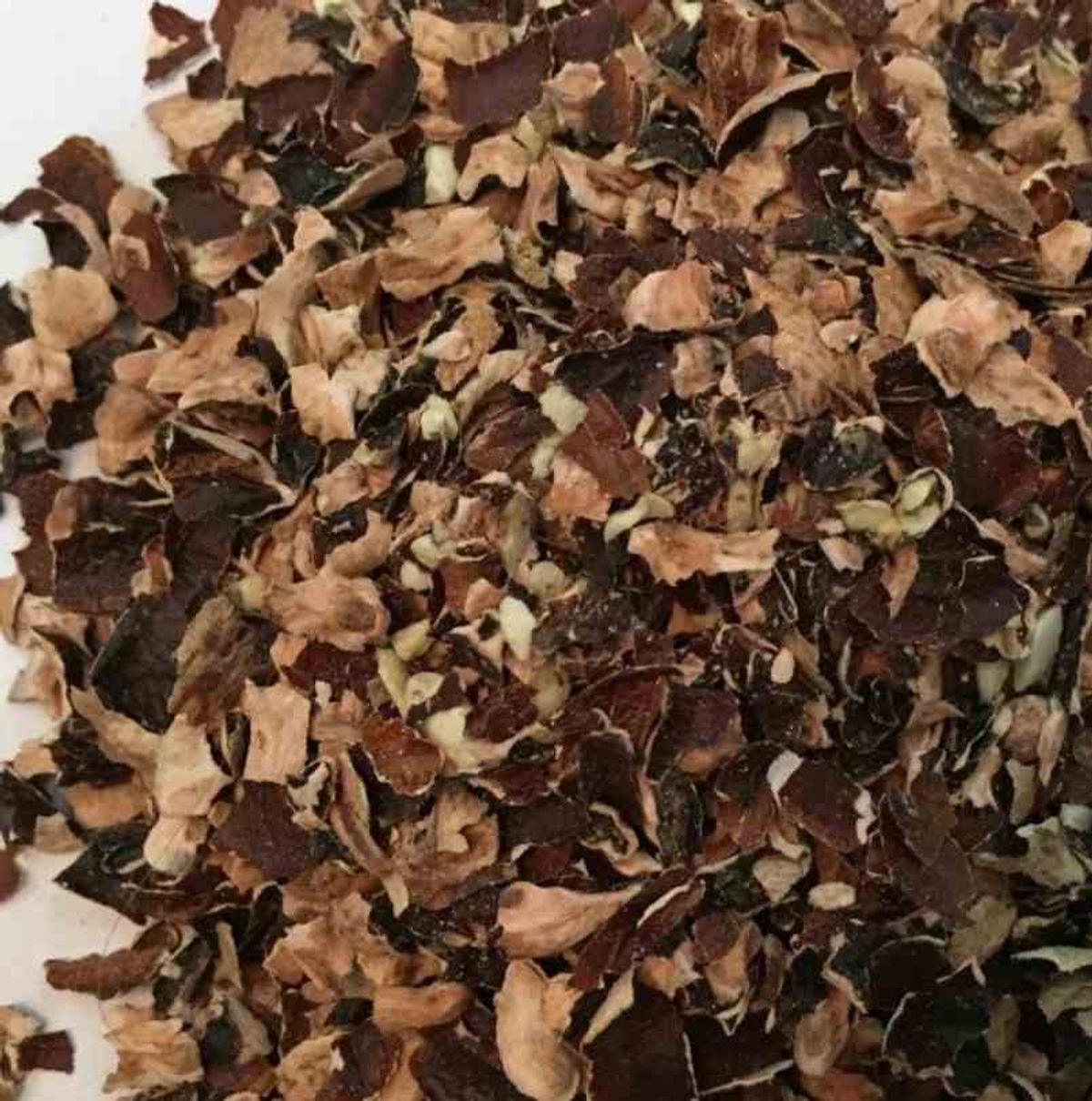
Safety for Consumption
- Not safe to eat: Because the silk shell contains urushiol, it is not safe to consume directly. Contact with the silk shell can cause skin irritation and health issues if not handled properly.
- Removal process: Before cashew nuts are brought to the market, the silk shell must be completely removed. This process often involves steaming or light roasting, followed by mechanical or manual shell removal.
Applications of the Silk Shell
- Cashew nut shell liquid: The resin extracted from the silk shell can be used in industries such as paint production, waterproofing, and other plastic products.
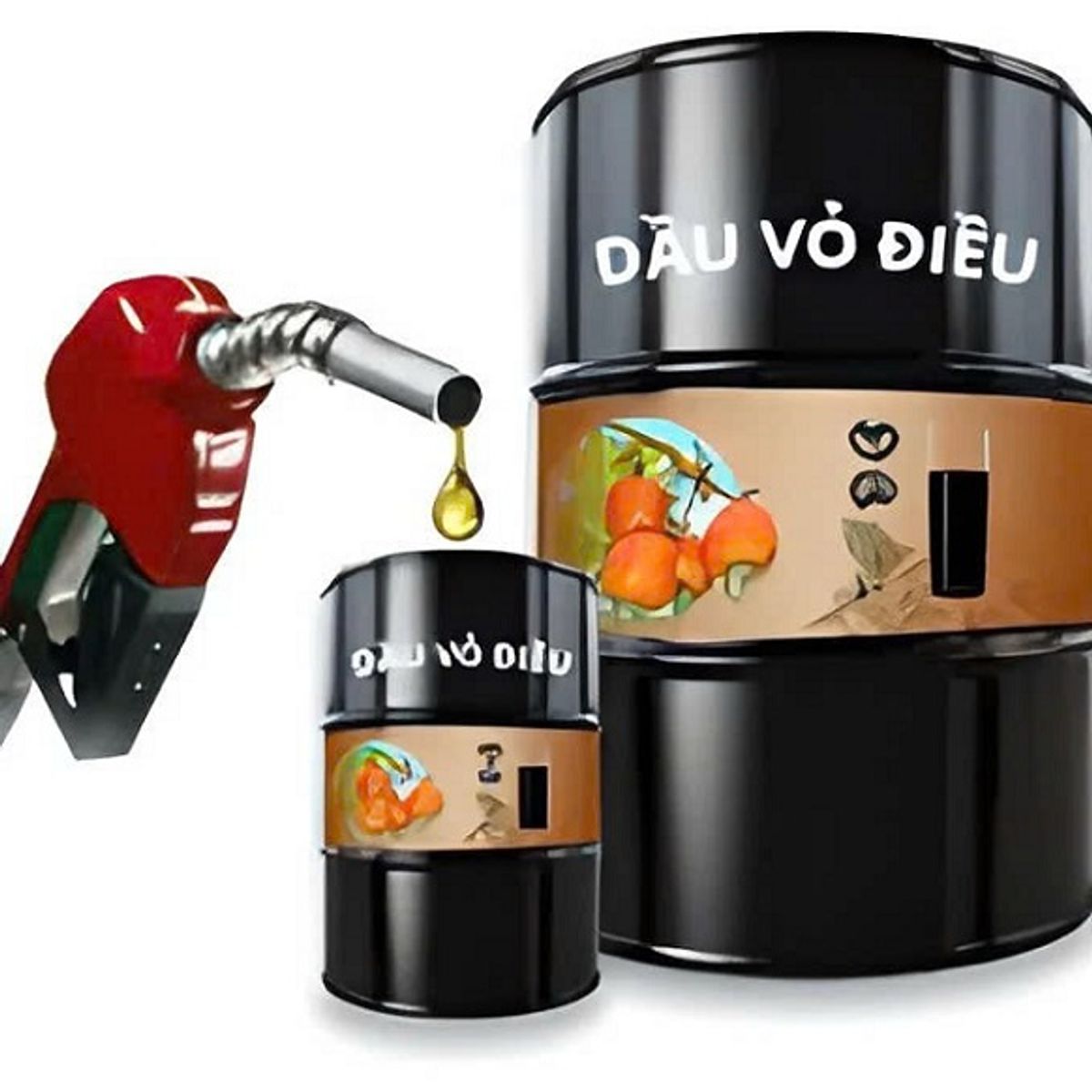
- Biofuel: The silk shell and by-products from cashew nut processing can also be used as biofuel or organic fertilizer after treatment.
Conclusion
Although the silk shell of cashew nuts is not safe to consume due to urushiol content, after being removed and properly processed, cashew nuts become safe and nutritious. The process of removing the silk shell requires meticulousness and high technique to ensure quality and safety for consumers.
Xem thêm: Hạt điều có vỏ không? Lớp vỏ cứng ngoài cùng và lớp vỏ lụa
Learn more: Do cashews have shells? The hard outer shell and the silken shell